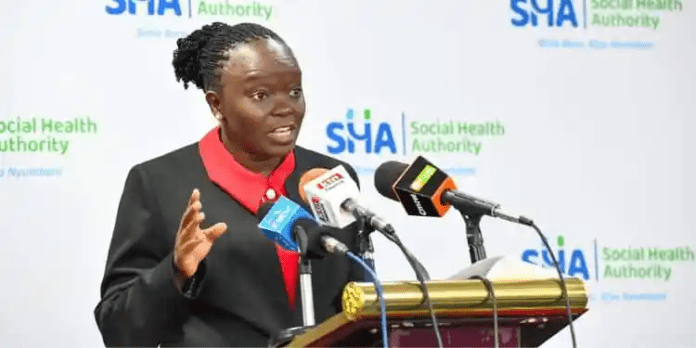The Ministry of Health (MoH) has provided an update on the Human Metapneumovirus (HMPV) amid reports of an outbreak in China.
In a statement on Tuesday, January 7, 2025, the Ministry clarified that HMPV is not a new virus, emphasizing that it has been documented as a pathogen contributing to respiratory illnesses in Kenya.
Additionally, the Ministry assured the public that there is no reported increase in cases of respiratory symptoms in the country’s health facilities.
“The Ministry of Health is monitoring reports of alleged outbreaks of a flu-like illness caused by Human Metapneumovirus (HMPV). We wish to reassure the public that HMPV is not a new virus and has been a known contributor to respiratory illnesses in Kenya,” the statement read.
“The national public health surveillance system is on high alert. Currently, there is no reported rise in the expected number of patients presenting with respiratory symptoms in our health facilities,” the Ministry added.
Public Safety Measures
The Ministry reaffirmed its commitment to safeguarding the health and safety of Kenyans. Citizens were urged to remain vigilant and continue practicing good hygiene measures, including proper handwashing and respiratory etiquette, as promoted by the Epuka Uchafu Afya Nyumbani initiative.
The public was also advised to seek immediate medical attention for any unusual cases of severe respiratory illness.
“Further updates will be provided as information becomes available. For inquiries, please call 719,” the Ministry stated.
Context of the HMPV Reports
Reports of HMPV in China have raised concerns about the virus, often described as having flu-like symptoms. However, Chinese health officials have not confirmed HMPV as the cause of recent hospitalizations. Data from China’s Center for Disease Control and Prevention suggests that the surge in cases may be due to influenza A instead.
HMPV is a virus known to cause upper and lower respiratory diseases in people of all ages. Those most at risk of severe illness include young children, older adults, and individuals with weakened immune systems.
Symptoms and Background
According to the Centers for Disease Control and Prevention (CDC), HMPV symptoms are similar to other respiratory infections and include:
- Cough
- Fever
- Nasal congestion
- Shortness of breath
In more severe cases, the virus can lead to bronchitis or pneumonia. The illness duration varies depending on the severity but typically aligns with other respiratory viruses.
First identified in 2001, HMPV belongs to the Pneumoviridae family, which includes respiratory syncytial virus (RSV).
Experts Downplay Concerns
Health experts have indicated that the HMPV outbreak in China is not a major concern, describing it as neither a new nor mysterious illness. Data shows that HMPV is responsible for fewer cases compared to other respiratory viruses such as influenza or COVID-19.
Recent CDC data reveals that HMPV accounts for less than 2% of weekly positive respiratory virus tests, compared to 19% for influenza and just over 7% for COVID-19 during the same period.
The Ministry reassures Kenyans that it will continue monitoring the situation closely to protect public health.








